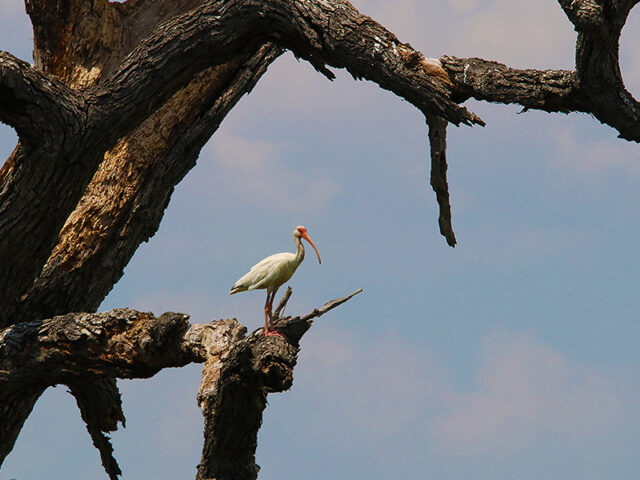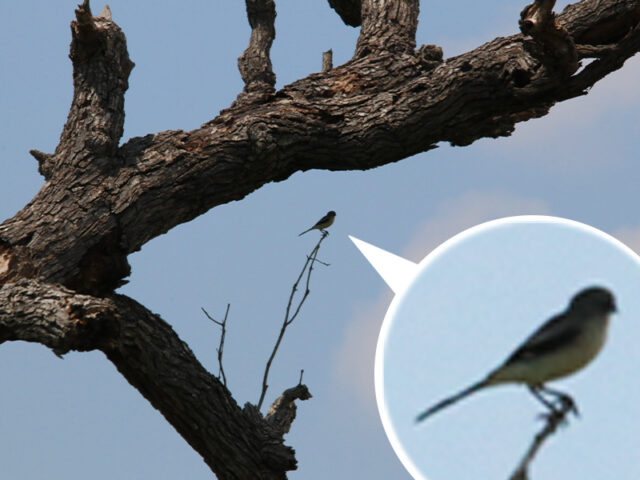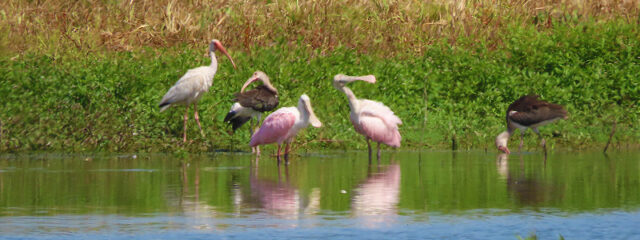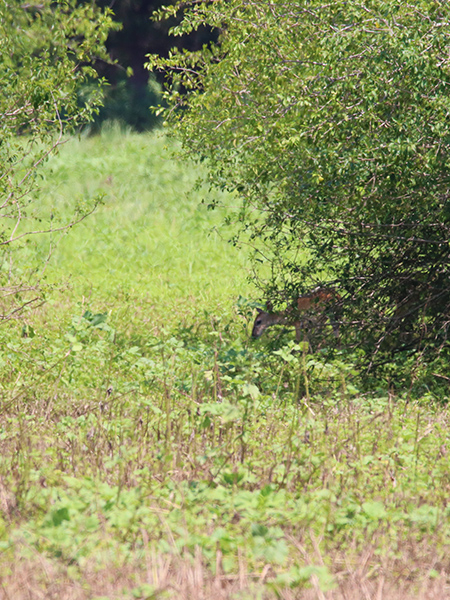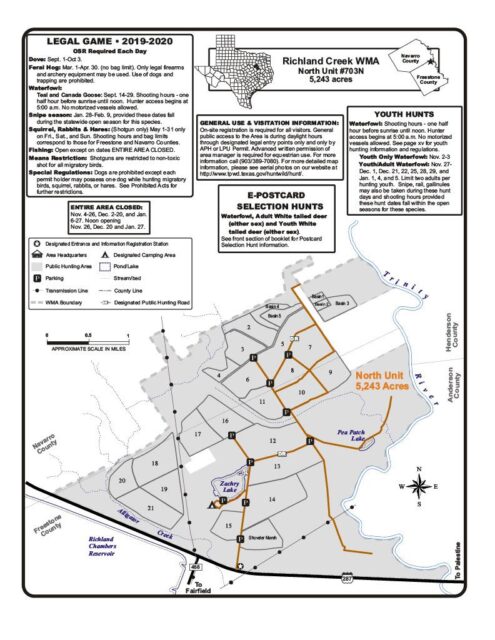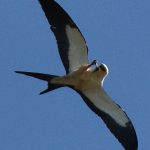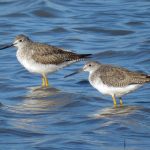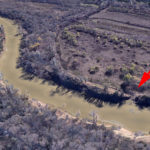I have been hearing tales of Richland Creek Wildlife Management Area for many years now. Wildlife viewing is the name of the game there. The place is often described as an amazing haven for migratory birds, with sightings of many rare and unusual species. Perhaps the most intriguing of the stories coming out of Richland Creek are reports of a heron rookery that is thought to be the northern most nesting location for Texas Roseate Spoonbills.
Altogether, these tales made Richland Creek WMA a place that I have been eager to explore. But at a little over 100 miles from home—about 2 hours away—it’s always been just a little too far away for a casual visit.
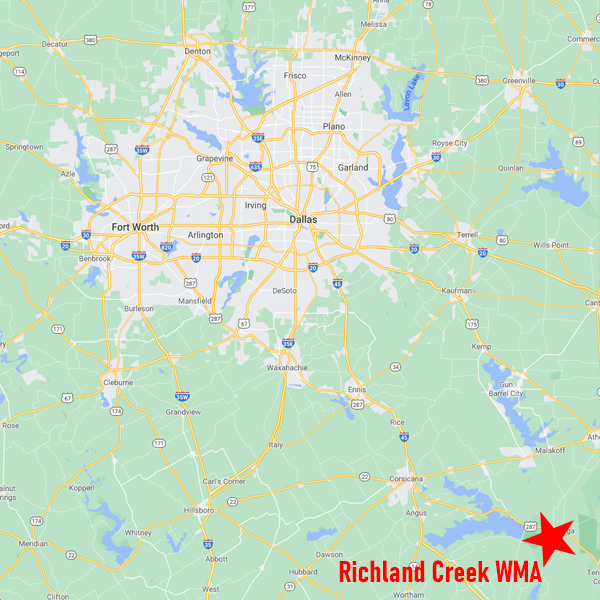
Richland Creek WMA is also well outside the normal coverage are of this website, so I have never made a priority of visiting. Still, I have remained curious for many years, and a few weekends ago I just happened to be in the area on other business. On the way back home I decided a slight detour was in order.
There would only be enough time for a quick stop, and that would require that all exploring to be done from behind the wheel of my car. Still, I was sure that would be more than enough to get a feel for the general lay of the land. That alone would make the visit well worth the effort.
NOTE: A TPWD Limited Use Permit is required to access the property. Get one here… Texas License Connection.
Located on Richland Chambers Lake just outside of Corsicana, Texas, Richland Creek WMA consists of two large tracts of land. There are over 5000 acres located north of US HWY 287, and another 9000 acres to the south.
The southern unit is densely forested with much of the underbrush consisting of Dwarf Palmetto. This combination creates a unique and exotic-looking environment, very different from what is typically found here in the DFW metroplex.
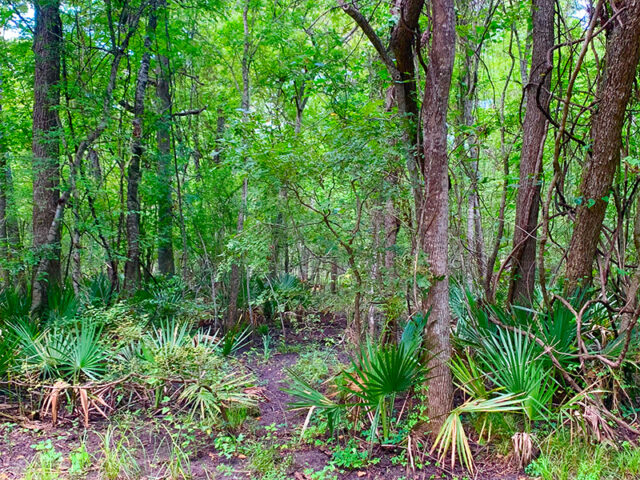
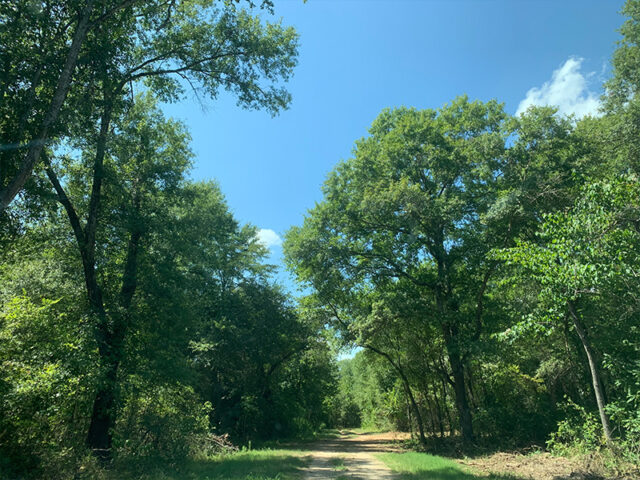
A narrow and roughly-paved road begins at the entrance off FM 488, running three miles into the heart of the south unit. We toured this route slowly, making frequent stops to get a better look at this or that. Several Pileated Woodpeckers flushed ahead of us as moved at a leisurely pace down the road. If we were paying attention, the big, crow-sized birds could be seen zooming across the road, before quickly disappearing into the treetops on the opposite side.
Almost every stop along the way produced a White-tailed Deer sighting—either by luck or by sharp lookout. The deer were seen sporting their rich red summer coats, which made spotting and following them through the woods much easier. Most encounters included does with late season fawns, which was very cool.

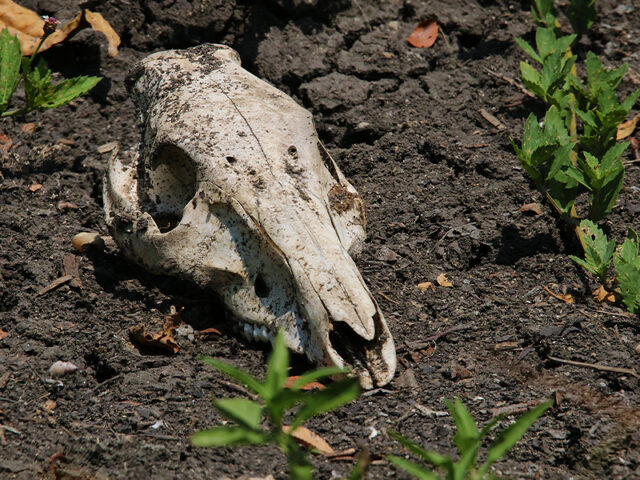
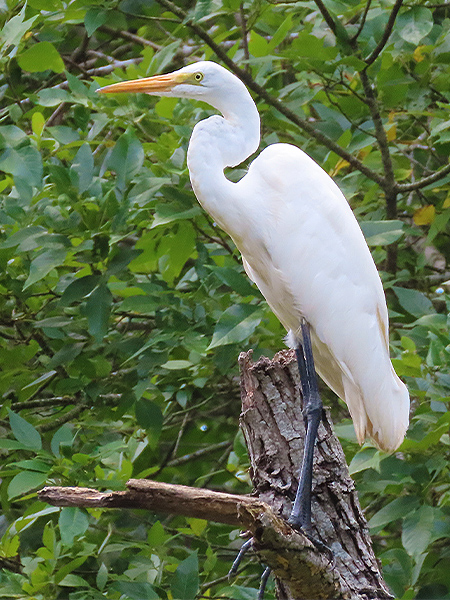
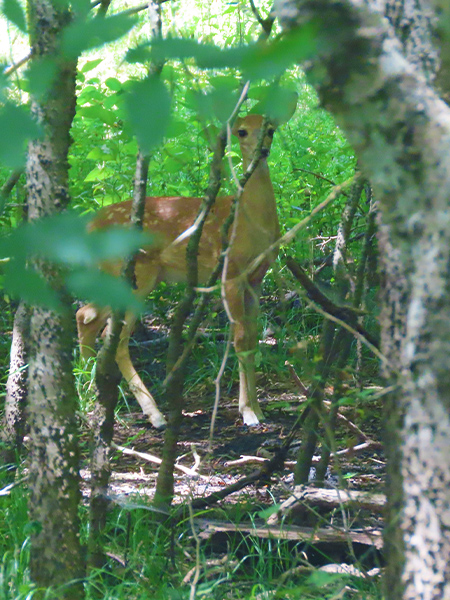
The north unit was very different. Here you will find acres and acres of high quality, man-made wetlands. Developed for the dual purposes of helping to clean water destined for the metroplex, and also as a refuge for native wildlife. The area is crisscrossed with a network of roads which provide good access to the many different wetland cells.
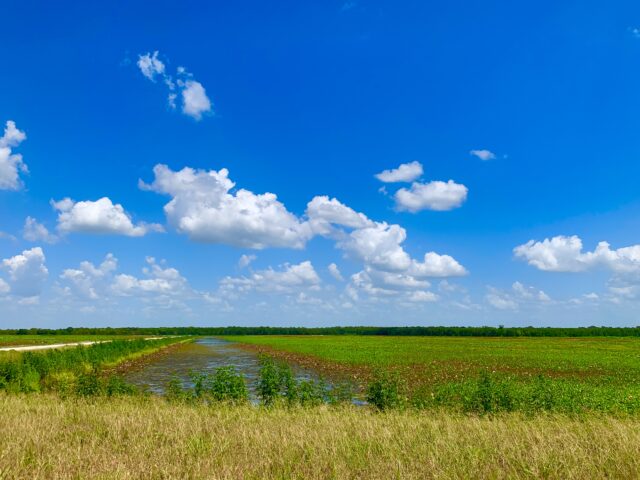
A great varieties of wading birds were observed in this part of the WMA. Large numbers of these hardy birds were still out and about despite the intense furnace of a mid-afternoon August day in Texas. This place is surely a birder’s paradise during seasonal migrations. Pictures of some of what we observed on this afternoon follow…

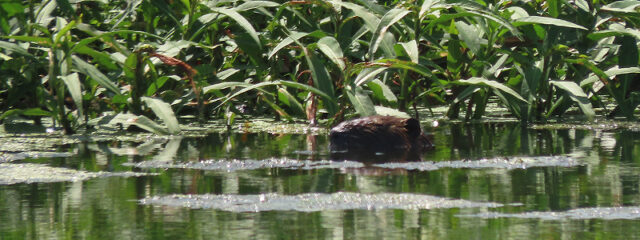


a Northern Shoveler (front) and a Canvasback (rear)

